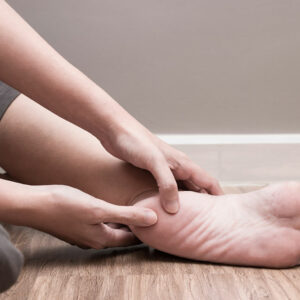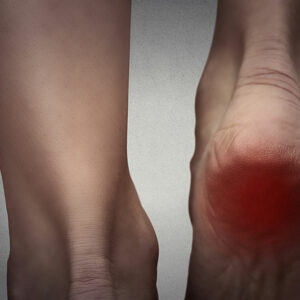
01
Causes and Treatment Methods of Chronic Diarrhea
Diarrhea is the second most reported illness all over the country. The most prominent characteristic of diarrhea is a watery or loose stool. If diarrhea lasts for four or more weeks, then it will be regarded as chronic diarrhea. Although acute diarrhea may not be that serious and will get cured with time, chronic diarrhea may create some serious complications if it is not treated as soon as possible. Here are some of the causes and treatment methods of chronic diarrhea. Causes of chronic diarrhea Too much alcohol and caffeine If you consume foods that have too much caffeine or cola content, then you might get the watery stool. Also, consumption of too much alcohol can ruin your digestive system. In that case, you will face the problem of chronic diarrhea. However, if you consume these substances in a limited amount or even stop consuming it completely, then you may not face this problem. Consuming sugary items Taking too much sugar is known to cause diarrhea. Also, there are some substances that are artificial sweeteners. Consuming these substances regularly can cause chronic diarrhea. Here are some the examples of these substances: Lactose Fructose Mannitol Sorbitol Taking certain medications Certain medications might cause acute or chronic diarrhea. Medications that are used for chemotherapy may cause diarrhea, or if you have taken a course of antibiotics, then you may also get vulnerable to diarrhea. So, if you have this medical condition after starting a particular medication, then you should consult your doctor immediately. Celiac disease If you have celiac disease, then it will be difficult for you to link your food with the specific symptom you are having because your stomach will already be damaged. So, you will be experiencing these symptoms all the time. This will last for around four or more weeks.
Read More 










